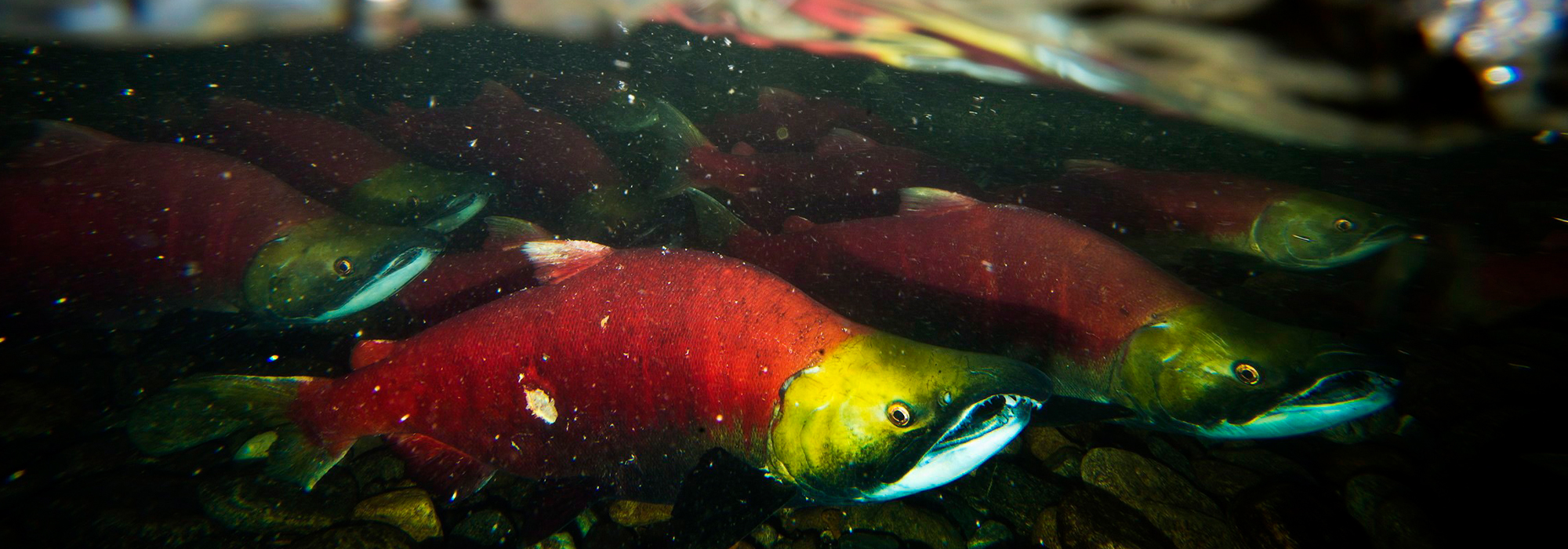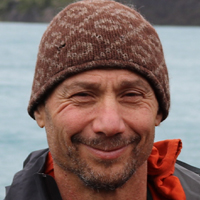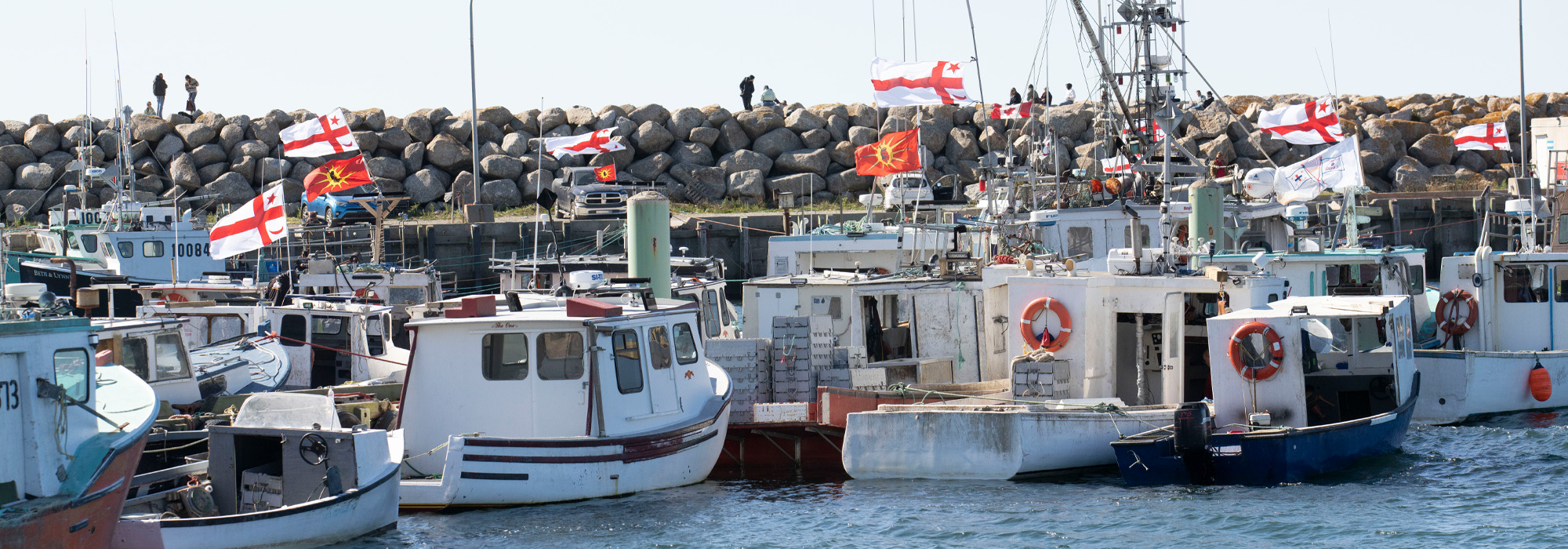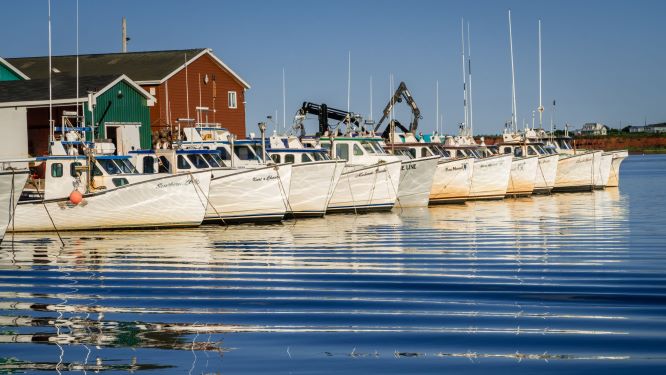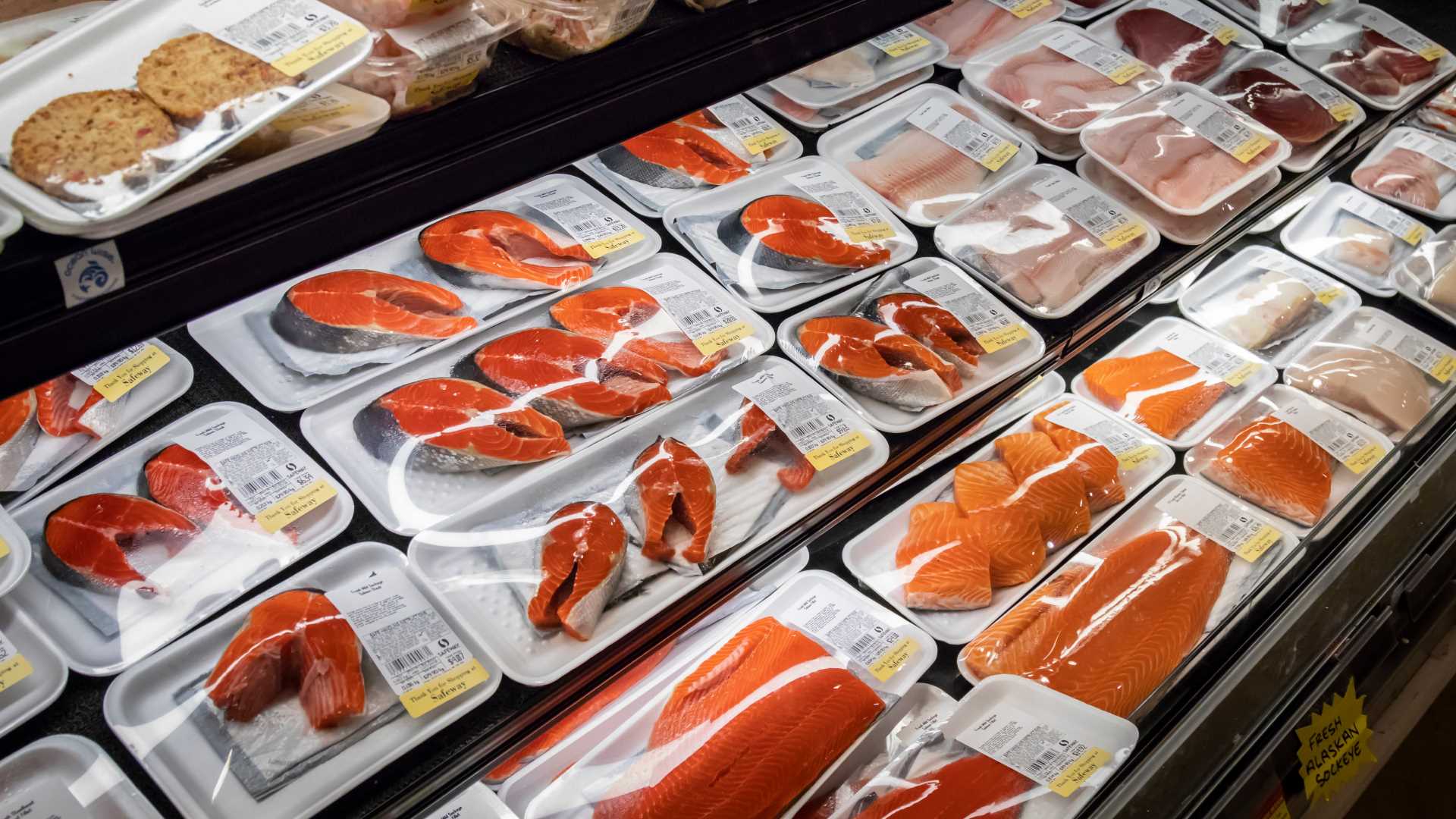
Fisheries and Oceans Canada (DFO) made notable mistakes during the latter part of the 20th century. It allowed commercial fisheries to overexploit several stocks, ranging from Atlantic cod to Pacific herring. Most stocks were not monitored until they had already been depleted. Laudably, over the last two decades DFO has aimed to learn from these mistakes, implementing policies that strive to sustain fisheries. Chief among them is the Sustainable Fisheries Framework (SFF) and its supporting document: A Fishery Decision-Making Framework Incorporating the Precautionary Approach. These are worthy improvements, but there is a catch.
The SFF can entrench a phenomenon known as the shifting baseline syndrome: the failure of successive generations to witness and understand the former abundance of ecosystems. This syndrome is dangerous. It tricks us into accepting today’s degraded ecosystems as a new normal. The SFF must be revised to restore fish populations and protect the ecosystems on which human societies depend.
Fishery management
Introduced in 2009, the SFF builds primarily on the notion of maximum sustained yield (MSY): the largest catch that can be taken, annually and indefinitely, from a stock under “steady” environmental conditions without eroding future fishery opportunities. To enable MSY harvests, a minimum biomass (or total weight) of reproductive individuals must be maintained. This level of stock size, known as “biomass at MSY,” defines most thresholds for management decisions. DFO also calculates the biomass levels that preceded the existence of commercial fisheries, yet objectives for rebuilding fish stocks above MSY-related quantities and towards those historical baselines are exceptions, rather than the norm.
In the most common application of the SFF, DFO managers strive to maintain stocks in the “healthy zone”—above 80 percent of biomass at MSY—where larger catches are allowed. Managers implement lower catch limits if a stock enters the “cautious zone” (40 to 80 percent of biomass at MSY) and apply the greatest catch restrictions if a stock enters the “critical zone” (below 40 percent of biomass at MSY). These are the default reference points recommended by the policy; though not required, they are widely used.
Conservation-minded in intent? Yes. An ecological poverty trap? Certainly, and let us illustrate why.
The biomass of yelloweye rockfish in the outer coast of British Columbia declined by 67 percent between 1918 and 2018 (see DFO’s coastwide-weighted operating model). The recent stock size, however, exceeds biomass at MSY by 24 percent. Consequently—despite having been fished down to one-third of their former abundance—yelloweye rockfish are in the default “healthy zone.” Commercial fisheries can continue at the higher harvest rates deemed appropriate for “healthy” stocks. Under the default reference points of the SFF, yelloweye rockfish would have to decline, relative to stock size in 1918, by 79 percent before entering the “cautious” zone, or by 89 percent for the “critical” zone, where stronger fishery restrictions apply.
Yelloweye rockfish are top predators: they eat smaller fish. The organisms that form the diet of smaller fish thrive when big fish are around, so biodiversity on rocky reefs is likely enhanced. Yelloweye rockfish are also an essential traditional food for Indigenous peoples. The SFF’s permissible depletion of this species promotes an impoverished world.
Similarly, under the default reference points established by the SFF, a Pacific salmon population is “healthy” when its size exceeds 80 percent of the number of spawners that would enable MSY harvests. The problem is that ocean warming and related biophysical changes have been lowering survival during marine migrations. Also, industrial forestry has degraded creeks, decreasing survival of very young salmon. Consequently, fewer offspring return from a cohort of spawning fish, reducing estimates of the number of spawners that would enable MSY harvests. SFF standards for a “healthy” salmon population, therefore, can allow the exploitation of stocks that have already declined to unprecedented levels. Indeed, a decade has elapsed since DFO implemented the SFF, yet many salmon stocks continue to decline.
These issues extend beyond rockfish and salmon. They apply to all fished species, including Pacific herring, which support myriad predators and Indigenous fisheries.
Improving the framework
Are the default (and widely-used) reference points of the Sustainable Fisheries Framework sustainable? If we view fish as mere commodities and our objective is to maintain short-term commercial and recreational fishery yields, then the answer is maybe, in some cases. Among the reasons why the default reference points may fail to sustain some fisheries is their lack of acknowledgement of the loss of big fish. For many species, including rockfishes and Pacific salmon, larger females contribute disproportionately more offspring (per unit of body size) than smaller females. Larger individuals also are more important predators, and their removal disrupts biological communities. DFO assessment models do not account for the greater reproductive value of bigger fish — potentially underestimating stock depletion for some species.
Fish are essential components of the social and ecological systems that sustain us, and the SFF leaves much room for improvement. An upgraded SFF would strive to restore fish populations to a historical baseline, such as the biomass levels and body sizes that existed before or shortly after commercial fisheries began. A revision to the default reference points of the SFF might look like this:
- Stocks enter a new “restored zone” when their biomass levels meet or exceed 80 percent of historical baseline values.
- Stocks enter a “cautious zone” when their biomass levels drop below 80 percent of historical baseline values.
- Stocks enter a “critical zone” when their biomass values drop below 80 percent of biomass at MSY.
- Allowable catches are set to avoid the critical zone and to promote trajectories toward the restored zone.
- For some species groups, such as rockfishes, additional objectives are set to restore the proportion of large individuals at the historical baseline.
This revision would be more consistent with restoring and maintaining biodiversity, resilient ecosystems, Indigenous traditions and other intrinsic values appreciated by Canadians at large. Operationalizing it would be difficult, yet many DFO scientists are world-class experts in their field. Given the mandate and institutional support, they can meet this challenge.
A devil’s advocate might argue that defining a historical baseline is a fool’s errand. True, ecosystems are complex and their dynamics change over time. Scientific fisheries data, if available at all, span a mere few decades into the past for most species, adding to the challenge. Yet neglect of a deeper past need not be the status quo for fishery management. Indigenous knowledge and the archeological record capture long-term variability in populations of marine organisms, which can inform historical baselines and management objectives. This is not the same as pretending that we can return to conditions before 1492 or even 1950—an impossibility given anthropogenic climate change. But it does mean that we must strive to understand change over time and manage fisheries in ways that maintain the range of historical variability to the extent possible.
The notion of revising the default reference points of the SFF to counter the shifting baseline syndrome and embrace broader socio-ecological objectives might seem naive, yet it is consistent with our shifting legal and political landscapes. While past management decisions often were made with little or no scientific information, recent changes to the Fisheries Act now mandate that robust stock assessments must inform fishery management. Crucially, there is growing recognition of First Nations’ title and rights. On July 26, 2019, Canada and seven First Nations signed the Coastal First Nations Fisheries Resources Reconciliation Agreement. This potential game-changer provides a framework for collaborative governance of fisheries, one that could shift the dominant management paradigm, imbuing it with holistic views of fish that are grounded in deeper historical understandings and consistent with Indigenous knowledge and ecology.
DFO should embrace these opportunities to revise the Sustainable Fisheries Framework in collaboration with First Nations.
Note to Readers: This article was corrected and updated throughout on Sept. 22, 2020 to reflect that “biomass at MSY” reference points are the default policy used by the Department of Fisheries and Oceans; they are widely used to monitor fish stocks while historical baselines have been applied only rarely. A previous version left the impression that historical baselines are never considered when evaluating the sustainability of a particular fish stock.
Photo: Spawning sockeye salmon, a species of pacific salmon, are seen making their way up the Adams River in Roderick Haig-Brown Provincial Park near Chase, B.C., on Oct. 14, 2014. THE CANADIAN PRESS/Jonathan Hayward




